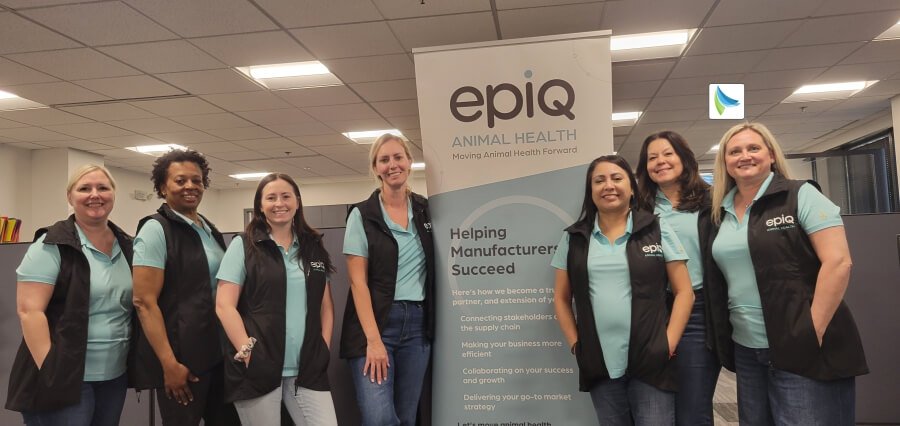Human Resources stands on the brink of a seismic shift. Previously dependent on intuition, experience, and time-consuming processes, HR is increasingly becoming a strategic, analytics-driven function. With the speed of business in today’s high-velocity, highly competitive world, data-driven HR is fast emerging as an essential force driving smarter, faster, and more objective decision-making. Through people analytics, organizations can now break free from gut feel and anecdotal feedback to uncover insights driving performance, retention, and culture.
What is Data-Driven HR?
Simply put, data-driven HR is the application of data analytics to inform, streamline, and enrich all aspects of the employee lifecycle from hiring and onboarding to engagement, development, and retention. It takes advantage of a broad range of tools and techniques that span from simple reporting dashboards to advanced predictive analytics and talent modeling using artificial intelligence.
The objective is straightforward but fundamental: to use information to make evidence-based human capital decisions about individuals. That minimizes bias, optimizes outcomes, and aligns people decisions with business strategy.
From Gut to Evidence-Based Decision Making
History had inculcated HR decision-making by precedent, managerial judgment. Valuable inputs, to be sure, but without the consistency or objectivity so vital to organizations with large numbers of members or those that are in development spurts. With evidence-based HR comes an infusion of rigor, transparency, and foresight.
For example, instead of having to make an educated estimate of who is likely to resign, predictive analytics can sense trends—e.g., not being promoted, poor performance, or disengagement—and trigger action from HR. Likewise, during the hiring of mission-critical positions, intelligence derived from psychometrics, historical performance scores, and cultural fit models can result in more-fitting candidates, quicker onboarding, and longer tenure.
People Analytics Key Applications
- Talent Acquisition Optimization
Hiring tools that are data-driven can analyze which sources give the best hires, which traits are linked to success in a specific role, and how long it takes to fill a given job. This enables more efficient recruiting pipelines, better job descriptions, and more targeted employer branding.
- Performance and Productivity Insights
By connecting performance metrics with behavior data—e.g., collaboration frequency or time on core tools—HR can detect top performers, determine the drivers of productivity, and mirror those environments within groups.
- Employee Engagement and Retention
Pulse surveys, sentiment analysis, and social network mapping give HR immediate visibility into employee morale and connection. Armed with this knowledge, HR can preemptively address a decline in engagement and turnover.
- Diversity, Equity & Inclusion (DEI)
Analytics enable detection of hiring, promotion, and pay disparities. With full visibility into DEI measures, businesses can monitor progress, remove bias, and make opportunity for development fair and equal.
- Personalized Learning and Development
Learning platforms may leverage performance data and skills gaps to suggest individualized training courses, monitor ROI on L&D initiatives, and measure skill improvement over time.
Overcoming Obstacles to Implementation
While people analytics holds great promise, adoption is not without obstacles. Data siloes, independent systems, privacy issues, and the absence of analytical expertise within HR organizations are typically the culprits that slow things down. To succeed, organizations need to:
- Invest in integrated HR technologies that merge employee data from various sources (HRIS, LMS, ATS, etc.).
- Develop analytical expertise within HR, either through training or collaboration with data science teams.
- Establish a culture of decision-making based on evidence, whereby leaders feel and act upon insight.
- Implement ethical data usage, with effective governance, openness, and staff consent.
The Shift from Descriptive to Predictive and Prescriptive
Early people analytics was descriptive in nature—what occurred and why. Now, the frontier is predictive and prescriptive analytics. Predictive analytics applies past data to predict future results, like who will leave or who will be successful in a new position. Prescriptive analytics takes it a step further, providing recommendations for what to do—like which development program will best equip someone for leadership.
This subtlety gives HR leaders the power not just to read trends but to drive outcomes with accuracy.
The Strategic Value of People Data
When properly utilized, people analytics is a business asset. It can facilitate the integration of talent strategies into overall business objectives, such as expansion into new markets or digital transformation. Analytics on workforce planning, for instance, could help determine whether the company possesses the talent to embark on a new product line or not, and if reskilling will be required.
Second, reporting HR metrics in the boardroom—frameshifted into business terms—is to give HR more gravitas and influence. It facilitates not just “people issues,” but conversations of growth levers and risk management.
A Human-Centered Approach to Analytics
Data-driven HR isn’t about replacing human judgment—it’s about supplementing it. It is not about making people statistics, but using statistics to make better, more human, fairer, and more effective people decisions. HR leaders need to ensure that analytics are being used ethically and in a manner that is respectful of privacy, builds trust, and makes work more human.
Conclusion: HR’s Future is Analytical
The future HR will be where data, empathy, and strategic purpose intersect. With uncertainty, talent shortages, and technology-driven disruption, people analytics is the navigator that makes sense for businesses. Strategically led, data-driven HR will be one of the main drivers in unleashing full workforce potential—and turning people data into a differentiator.
In a talent-worshipping world, it is not just fashionable to make better decisions with analytics—getting to make them is a necessity.
Read More: Strategic HR Leadership: Aligning People with Organizational Vision














